Kind of a scandalous heading, wouldn't you say? We're going to use this opportunity to present some facts about the best uses for each style of firearm.
But, what exactly is an AR-15? What do we mean by "hunting rifle?" Is there a difference?
If you're new to AR-style rifles or even to hunting and shooting, we'll get you briefed without getting too entangled in what is considered a controversial topic: the AR-15 vs regular rifle.
AR-15 vs AR-10 vs MSR
To start off fresh, here's what we're dealing with:
- AR-15: Does not stand for assault rifle or automatic rifle. AR-15 stands for ArmaLite AR-15 after the ArmaLite manufacturing company that designed the AR rifle platform. They sold this design in the 50's to Colt's Manufacturing who owns the trademarked term "AR-15." The 5.56x45 mm NATO/.223 Remington is the original AR 15 cartridge.
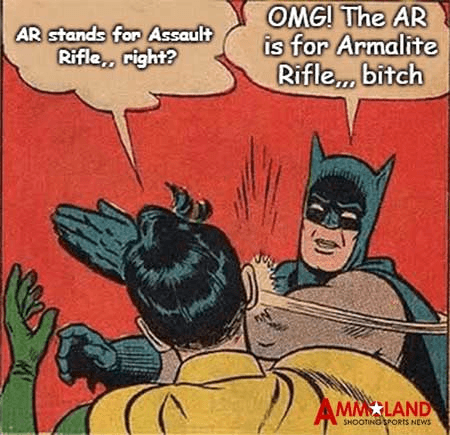
- MSR: Because Colt owns the AR 15 designation, the Modern Sporting Rifle (MSR) term is a catch-all designation for AR-style firearms manufactured and sold by all other companies.
- AR-10: The ArmaLite AR-10 is the heavier and larger caliber, older sibling of the AR-15. 62x51 mm NATO/.308 Winchester (original AR 10 cartridge), official term owned by Colt. The AR-15 was designed from a heavily modified AR-10 to allow for a .223 Remington cartridge.
AR-15s are semi-automatic firearms meaning they automatically eject an empty round and chamber it with a loaded one ready for firing once again. It's important to note that civilian AR-15s can only shoot off one round at a time for as fast as you can pull the trigger for each round.
Legally, civilians have been heavily restricted in owning fully automatic rifles, which an AR-15 is not, since the '30s - approximately two decades before AR-15s were developed.
Uses for an AR-15
The modularity of MSRs is a major attractant of owning and buying one - it's like a Lego kit for adults.

Because you can use interchangeable parts such as stocks, uppers, lowers, etc., you can customize your rifle to suit your shooting application.
Keeping in mind that you have a semi-automatic platform, you can use it as an all-round, multi-purpose firearm:
- Military/law enforcement/patrol and duty use
- Self/personal/home defense
- Security/surveillance
- CQB to long-range shooting
- Hunting
- Target shooting
- Shooting competition use
To get real, it really wasn't until the '90s that AR-15 rifle sales sky-rocketed thanks to the flat top upper receiver that allowed for mounting additional accessories like AR-15 scopes, sights, flashlights, etc.
The flat top served as a way to highly customize your AR even further and maximize cartridge potential, and in doing so, you're able to modify it for your needs.
Benefits of an AR-15
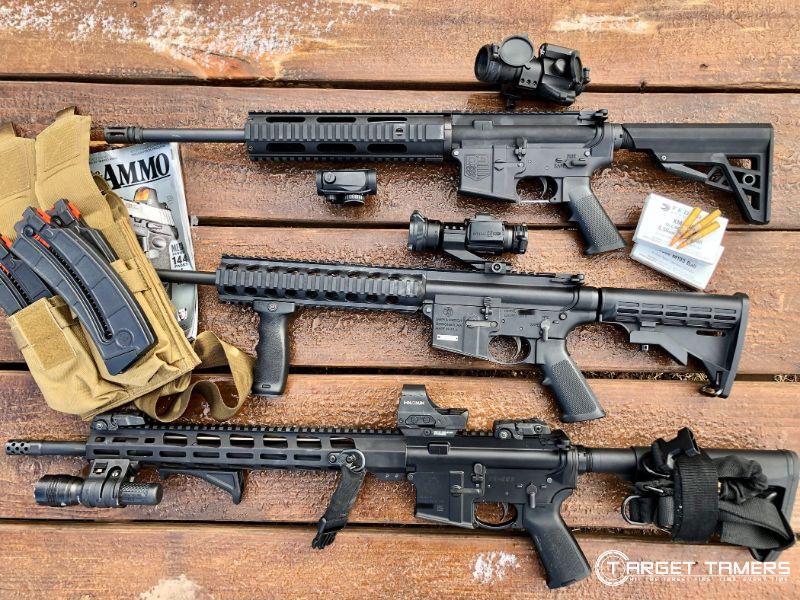
This list can be as comprehensive and personal as you want it to be. But, to get it started, here's a few, universal advantages of owning an AR.
- Modifiable and customizable to suit personal needs
- Versatile firearm suitable for multiple applications
- Made of lightweight materials (plastic, carbon fiber, etc.)
- Plastic build allows for some waterproofness; not prone to warp like wood
- Uppers available with expanding cartridge options
- Little to no recoil; less than a bolt-action equivalent
- Self-loading/semi-automatic feature allows rapid follow-up shots on fast-moving targets like jack rabbits, coyotes, and more.
AR-15 for Hunting
An AR-15 is an excellent firearm for hunting, but for hunting what? Answering this question actually depends on a few things:
- Upper receiver and barrel length determine cartridge use
- State laws/regulations dictate legal cartridge use for various game, predators, varmints, etc.
- Ethically using the most appropriate cartridge for the type of target
The most commonly used AR-15 cartridge is the .223 Remington, and it's an excellent cartridge for taking down varmints like woodchucks, foxes, coyotes, and the like. However, it's not a recommended nor ethical cartridge for big game like deer and elk. A proven and mainstream hunting cartridge for big game with an AR-style rifle would be the .308 AR-10.
Available AR-15 cartridges include rimfire ammunition, small caliber .17 Remington, .22 caliber variants, 300 AAC Blackout, .50 Beowulf, and many more options in between.
As the list for available AR-15 cartridges is expanding, you can tailor your AR system with the hunting and load ballistics you need to maximize success and ethics.
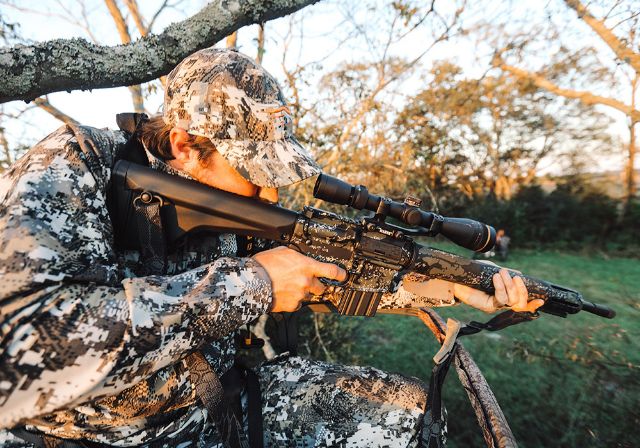
Bolt Action Rifles
Bolt action rifles are what we think of when we think hunting rifles, and they've been around for nearly two centuries. Sure, there's lever action rifles and shot guns, but most of the time, you're going to see a bolt action rig up for the count.
Completely unlike the AR that has a semi-automatic chambering process, you must manually open the bolt chamber to eject the empty round and then push the bolt forward to chamber it with the next one.
Traditional hunting rifles also look starkly different to MSRs because of its simpler, fixed parts. They can be made with wood, laminate, and other composite materials. The natural materials like a wood stock can make it susceptible to weather exposure and abuse, but they have a timeless and classic look that an AR can't duplicate.
They have less moving and interchangeable components than an AR-15 allowing their build to be precision-machined to express specifications which inherently makes them more accurate rifles out of the box. But, of course, this isn't always the rule which may be the topic of discussion for another day.
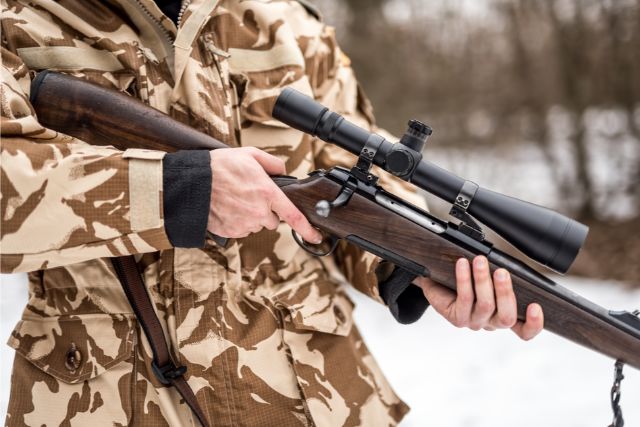
Uses for a Bolt Action Rifle
Bolt action rifles are veterans to the rodeo. They have military and combat roots, are the preferred type of rifle for hunting big game, and they're available in hundreds of cartridges that just aren't within the grasps of the AR-15 - yet.
Bolt actions have been and are currently used for:
- Hunting
- Military, sniper, and law enforcement use
- Self/personal/home defense
- Target shooting
- Long-range shooting
- Competition use
- Security/surveillance
Looks just like the AR-15 list of appropriate uses doesn't it? The trick into getting the most out of your bolt action is to use the cartridge most appropriate for your intended application. Since nearly every available cartridge is available in a bolt action version, owning just one is like eating a single spice or flavor for every meal.
Why not buy a few bolt action rifles in various cartridges? They will never be obsolete!
Benefits of a Hunting Rifle
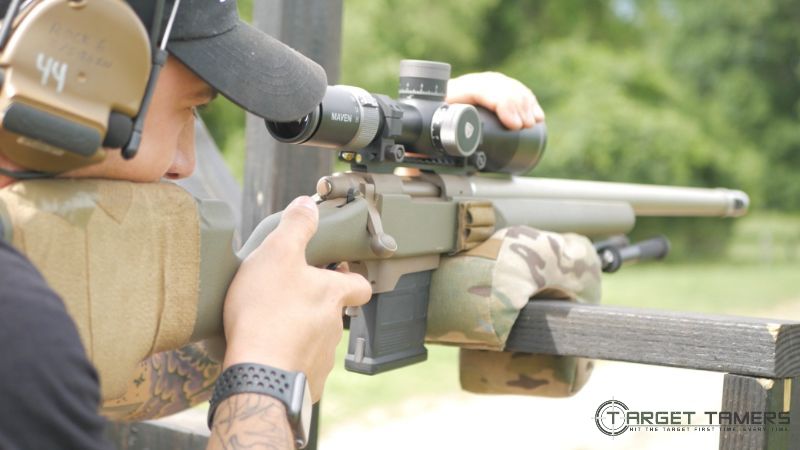
The bolt-action hunting rifle may be simple to explain in words, but its field performance is solid just like its design. Here's some "simple" but profound benefits of why you need to own a traditional style hunting rifle.
- Accurate
- Dependable
- Minimal moving and interchangeable parts
- Power - huge selection of cartridges
- Less malfunctions than AR-15
- Bolt-action equivalent of highly customized AR-15 receivers is more affordable
Bolt Action Rifle for Hunting
It's a no-brainer - a bolt-action, whether it's a .22 for small varmints or a whopping .458 Lott for taking down monsters in Mozambique, it's the high-in-demand rifle choice for hunting.
Just as it's important to choose an upper receiver and appropriate barrel length for an AR-15, you must be cartridge specific when choosing a hunting rifle as you will be limited to its strengths and weaknesses. Expanding your options to include a wide-ranging target (animal) demographic may mean owning multiple bolt action rifles which will get expensive. For example, while the .458 Lott was designed to take down elephants, rhinos, and cape buffalo, it's overkill for predatory cats, deer, coyotes, etc.
You will need to research and learn what cartridge is best for your type of application and hunting style along with other considerations such as overall weight or the need for extra accessories like optics and sticks.
Is it light enough to hike with all day long? Is it overkill for varmint or pest control? Do you need a high velocity round with enough load power to stop your prey dead in its tracks at 1000 yards?
Bolt-Action VS Semi-Automatic
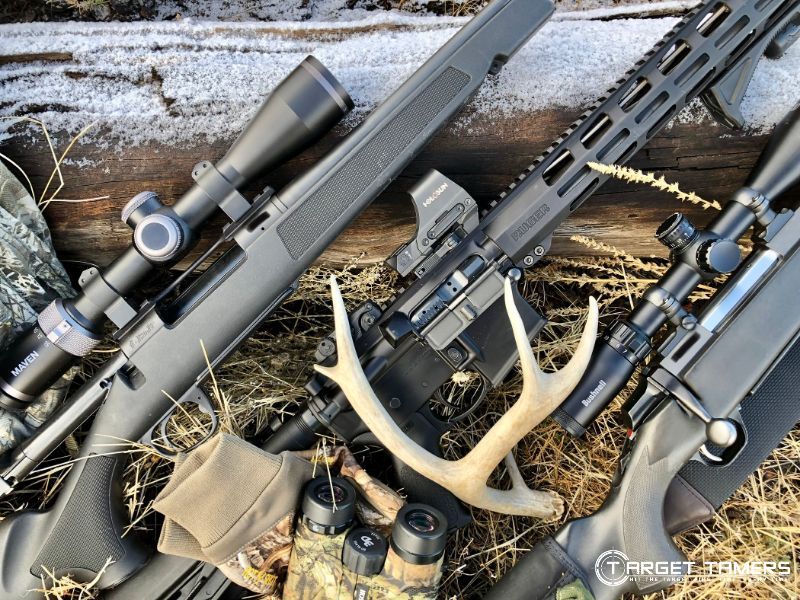
Since we're not in a discussion about what cartridge does it best out in the field, we must acknowledge that it's really a discussion about bolt-action versus semi-automatic rifles. Again, either type of platform has its own strengths to perform a certain task. Let's explore a few of them.
Moving Parts
The only moving part on a bolt-action rifle is really just the bolt, and when it's locked and engaged, the rifle essentially acts as one piece. For this reason, they're considered simple to use, reliable, and it's highly forgiving on shooter-induced movement downrange when attaining tight groups.
The AR platform has several parts and some component of it will always be moving. The most common movement is between the upper and lower receiver when the trigger is fired resulting in a change of desired bullet impact. It might take some modifications to the rifle, shooter position changes, and upgrading your optic to improve accuracy.
Fewer moving parts and inherent accuracy = bolt-action rifle.
🏆 Winner: Bolt-action
Ammo Availability/Power
Simply put, there are several AR-15 cartridges available and they can be used in a bolt-action rifle. However, there are hundreds of cartridges available for use in bolt-action rifles that are just not yet available for use with the AR platform.
Larger caliber rounds that you can use in the AR platform will exponentially cost more for the customized receivers needed to chamber them.
🏆 Winner: Bolt-action
Malfunctions
Semi-autos are prone to various types of failures while out in the field or at the range. The most common types of malfunctions include the semi-automatic process of feeding, chambering, ejecting, and locking.
However, bolt-actions can also be prone to failure and share some of the same malfunctions with semi-autos such as failure to fire and/or feed. Whether a malfunction is caused by the shooter or rifle, there's less predictable problems associated with the bolt-action.
🏆 Winner: Bolt-action
Speed
The semi-automatic process of an AR platform obviously takes the gold when it comes to making fast follow-up shots in the hunt, when firing on multiple targets in combat, defensive, and offensive engagements, and when in timed competitions. Even though it's still a "one trigger, one bullet at a time" process, the automatic ejecting and chambering is much faster than the manual process required on a bolt-action rifle.
You could argue that a BDC style reticle on a scope on a bolt-action not only helps to speed up target engagement, especially at various, multiple distances, but its manual ejecting and chambering process still lags behind the semi-auto.
🏆 Winner: Semi-auto
Modularity/Potential for Ultimate Customization
Semi-autos. 'Nuff said!
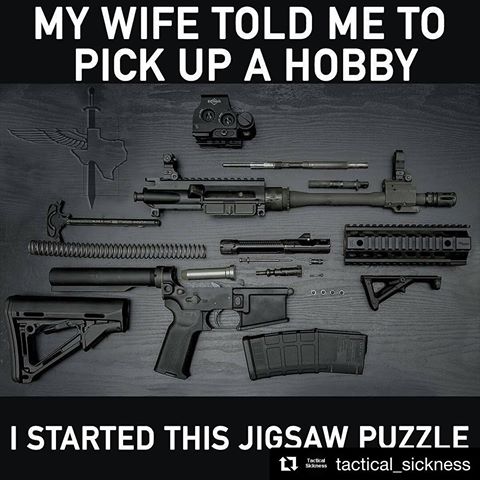
🏆 Winner: Semi-auto
Legality/Controversy
Guns in general have always been a source of controversy, and each state has differing laws regarding ownership and use. But, the semi-automatic AR platform that is legally available as a civilian firearm definitely sparks more debate and controversy than the bolt-action rifle. In this sense, a semi-auto wins the controversy part of this discussion. However, the traditional bolt-action rifle is largely accepted and legal in most states making for easier ownership than the AR-15. Who wins?
🏆 Winner: Tie

AR-15 VS Traditional Hunting Rifle: Same Difference
Exploring the AR platform and the bolt-action rifle essentially allows one to see them both as hunting rifles.
It's not necessarily whether it's a semi-automatic or bolt-action process that makes a hunting rifle a hunting rifle. Instead, it's being intentional about using the right tool for the type of target and your intended shooting application.
Be intentional about everything from cartridge choice, barrel lengths, overall weight, quality of optics, and everything in between to choose the right tool for the job.
Further Reading




Thank you for defining & explaining the similarities as well as differences between MSR/Hunting Rifles. Thanks to your informative site I now know AR does not stand for assault or automatic rifle (and so much more). You have plucked me from being a blind sheep of the gun propaganda agenda. I'm leading & seeding other blind sheep out of the dark & into the light thanks to you.
Vickie an over50 wife, mother, & grandmother
I have used a bolt action rifle for over 60 years, 8 or 10 different callibers . Sorry for bad spelling. I have had a 30/06 model 700 rem. for over 25 years now. With many years of trial and error I have learned to drop all of my deer with first shot. I do not need a semi automatic to hunt. I go to range once year to check my scope. Never have I had it go out more than 2 "or so. My 06 is heavy and hurts my shoulder when walking. Most unlikely could this gun accomplish more death than a semi automatic no matter how it is made. Thanks, Target Tamers.
Horses for courses.
Semis are fun for plinking with cheap ammo at the range or controlling varmints out on the back 40.
For serious camp hunting though I suspect most will tell you they prefer the reliability and ease of cleaning of a bolt action - particularly in rain or wet snow. I don’t know how an AR might perform after a week of October in Alaska unless you strip and clean it every night, but it wouldn’t be what I would bring - especially given the cost of just getting there!!
Hunting is such an incredible experience and the deliberate manual action of “chambering a round” in a bolt or lever action is part of the magic.
Take your time, relish the experience and make the first shot count.
I'm interested in an ar-15 or Ar-10 in 300wm. I don't want to build one, I just looking for a completed one.
Hi Ren HEAPS, I'm not the best person to help you with this but a few I could think of are the Falkor Petra, Bear Creek Huntmaster, Nemo Omen Watchman, GFLA GF10 LA that could possibly fit your requirements. I hope that helps and goodluck!